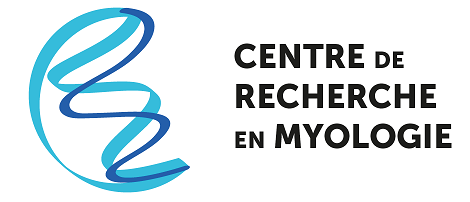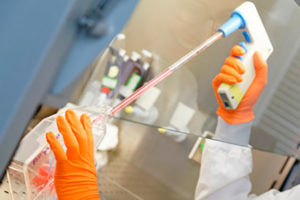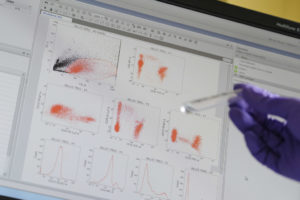A venir
Il n’y a pas d’évènement à venir.
Archives
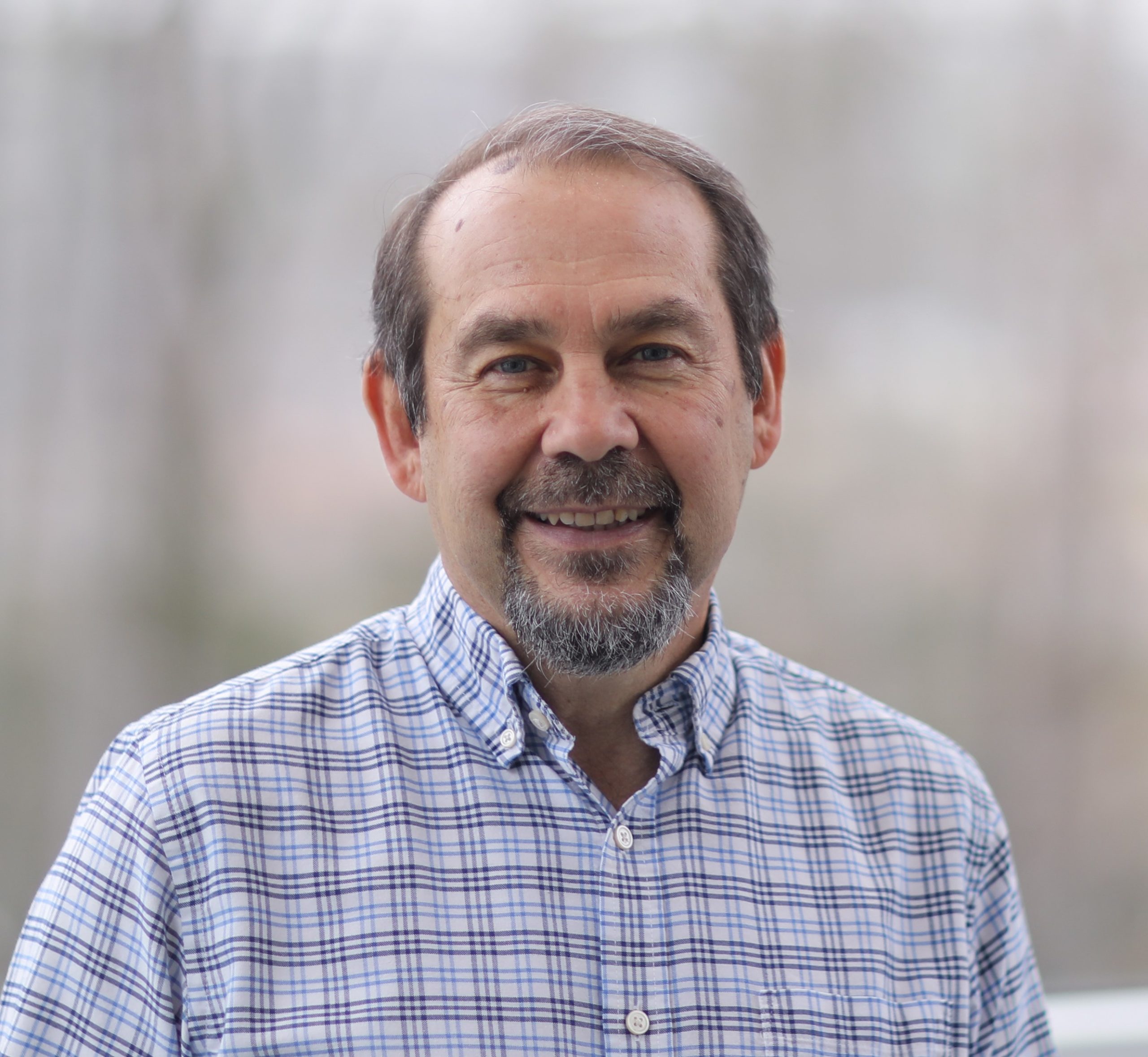
AAV Gene Therapy for Duchenne Muscular Dystrophy- a 25 Year Journey
R. Jude Samulski
UNC School of Medicine, Department of Pharmacology, Professor
President, Chief Scientific Officer and Co-Founder of Askbio
Dr. Samulski received his PhD in medical microbiology and immunology from the University of Florida. His graduate work (1978-82) demonstrated the first use of AAV as a viral vector and culminated in the first U.S. patent involving non-AAV genes inserted into AAV.
After completing post-doctoral training at Princeton, Dr. Samulski was hired to provide his expertise in AAV biology as a member of the scientific advisory board of Avigen, a new AAV research company. In 1993, he co-founded an AAV-based gene therapy company called Merlin. This research group was headed by Xiao Xiao, PhD, and was the first to demonstrate AAV-mediated long-term gene transduction in muscle (J. Virology, 1996). This finding precipitated a merger of Merlin with Somatix, Inc., which then merged in 1995 with Cell Genesys.
In total, Dr. Samulski has worked with AAV for 40 years, and for 25 years, he was director of the University of North Carolina Gene Therapy Center. He was the scientific founder of Bamboo Therapeutics, Inc. and served as the Chief Scientific Officer and Executive Chairman of the company until its acquisition by Pfizer in 2016. Upon its acquisition, Dr. Samulski joined Pfizer, as VP Gene Therapy, to ensure the successful transition of Bamboo’s Duchenne muscular dystrophy therapeutic. Dr. Samulski is a former member of the Recombinant DNA Advisory Committee (RAC), a committee tasked with assisting the FDA with gene therapy clinical trial approvals in the U.S. He also frequently serves as a gene therapy consultant to the FDA. In 2008, Dr. Samulski was recognized by the American Society of Cell and Gene Therapy with the inaugural Outstanding Achievement Award for his work. He was also invited by Pope Francis to the Vatican in recognition for his work in the treatment of Canavan’s disease.
Dr. Samulski has advanced therapeutics into human clinical trials for hemophilia, Duchenne muscular dystrophy, giant axonal neuropathy, Pompe disease and heart failure. He holds more than 300 patents related to AAV technology.
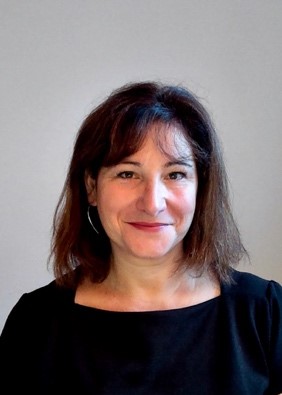
Register by email.
Formation (et déformation) de la stratégie dans les organisations publiques de recherche : le rôle des cadres intermédiaires scientifiques
Arielle Santé
PhD Université Paris Saclay, ATER Conservatoire National des Arts et Métiers (CNAM)
Résumé:
Mots clés : stratégie–cadres intermédiaires–pratiques–organisations publiques de recherche- stratégie en pratiques
La formation de la stratégie a été étudiée dans son processus, elle l’est depuis quelques années au travers des pratiques quotidiennes de ses acteurs. Dans les organisations publiques, et plus particulièrement dans les organisations publiques de recherche, la formation de la stratégie semble privilégier la voie de la planification.
Notre recherche vise à comprendre comment les cadres intermédiaires scientifiques intègrent, dans leurs pratiques, la stratégie de leur institut. Nous avons comparé les pratiques des cadres intermédiaires scientifiques de deux organisations publiques de recherche à un moment particulier de leur histoire managériale, l’élaboration de leur plan stratégique.
Nos résultats mettent en évidence 1) que les cadres intermédiaires cherchent à se connecter à la stratégie institutionnelle aux moments importants de la vie de leurs équipes scientifiques ; 2) qu’ils sont pour cela capables d’utiliser des stratégies « écran » ; 3) que la motivation à participer au processus de planification stratégique est essentiellement liée à la visibilité de leurs recherches ; et enfin, 4) que les cadres intermédiaires scientifiques ne servent pas toujours de courroie de transmission à la stratégie institutionnelle.
Biosketch
Arielle Santé a soutenu une thèse en sciences de gestion à l’Université Paris-Saclay en 2020 et est aujourd’hui attachée temporaire d’enseignement et de recherche au CNAM. Sa thèse vise à comprendre comment les cadres intermédiaires scientifiques des organisations publiques de recherche, par exemple les directeurs de laboratoire, intègrent dans leurs pratiques la stratégie de leur institut.
Elle a auparavant fondé et dirigé un cabinet de conseil et de formation spécifiquement dédié aux laboratoires de recherche académique. Depuis 15 ans, elle intervient notamment sur des thématiques telles que l’organisation, la stratégie, les relations entre chercheurs (encadrement de doctorants) ou la négociation avec les industriels.
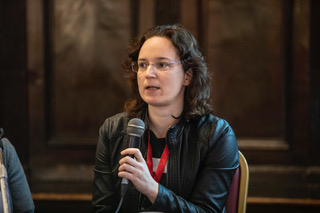
Register by email.
Exon skipping therapy for Duchenne muscular dystrophy
There is room for improvement – how to achieve this?
Annemieke Aartsma-Rus
Professor of Translational Genetics at the Department of Human Genetics of the Leiden University Medical Center
Prof. Dr. Annemieke Aartsma-Rus is a professor of Translational Genetics at the Department of Human Genetics of the Leiden University Medical Center. She played an important role in the development of the antisense mediated exon skipping therapy for Duchenne muscular dystrophy during her PhD research (2000-2004) at the Leiden University Medical Center (the Netherlands). As of December 2007 she became leader of the “DMD exon skip group”. Since 2013 she has a visiting professorship at the Institute of Genetic Medicine of Newcastle University (UK).
Her work currently focuses on developing antisense-mediated exon skipping as a therapy for Duchenne muscular dystrophy. This involves work in cell and animal models to improve delivery and efficiency of exon skipping compounds, studies in muscle regeneration and pathology, the identification of biomarkers, studying the basics of pre-mRNA splicing and transcript processing and the generation of mouse models. In addition, in collaborative efforts she aims to develop the exon skipping approach as a therapeutic option for other rare diseases and to bridge the gap between different stakeholders (patients, academics, regulators and industry) involved in drug development for rare diseases.
She is President of the Oligonucleotide Therapeutics Society (2019-2021) and the TREAT-NMD executive committee (2013-2016 and 2019-now), vice-chair of COST Action CA17103 (Delivery of antisense RNA therapies) and member of the Core Committee of the TREAT-NMD Advisory Committee for Therapeutics (TACT). In 2013 she was elected a member of the junior section of the Dutch Royal Academy of Sciences (DJA), which consists of what are considered the top 50 scientists in the Netherlands under 45. In 2018, she was one of the founding members of Young Academy Leiden (YAL), the local Leiden counterpart of the DJA. She has been selected as most influential scientist in Duchenne muscular dystrophy in the past 10 years by Expertscape based on contributions to the understanding and treatment of Duchenne muscular dystrophy five times in a row (2015-now).
Thus far, she has published over 200 peer-reviewed papers and 11 book chapters, as well as 15 patents and has edited one book. She has given many invited lectures at meetings, symposia and workshops as well as patient/parent organizations meetings, where she is known for her ability to present science in a clear and understandable way. She has created and maintains multiple websites on therapeutic approaches for aimed at patients and parents. In 2011 she received the Duchenne Award from the Dutch Duchenne Parent Project in recognition of this work and her dedication to the Duchenne field. In 2020 she received the Black Pearl Science Award from Eurordis for her work in educating patients in the Duchenne field and other rare disease fields. She writes regular blogs for the LUMC.
She has successfully applied for numerous grant applications, including a prestigious VIDI award (€800,000) from the Dutch government in 2009. She is/was involved in multiple EU projects, e.g. TREAT-NMD (FP6), Bio-NMD (FP7), NeurOmics (FP7), BIND (Horizon2020) and COST Action CA17103. She was involved in organizing multiple seminal workshops and meetings, e.g. a stakeholder meeting on antisense-mediated exon skipping development for DMD involving academics, industry, regulators and patient representatives hosted by the European Medicine Agencies (April 2015) and a similar meeting for SMA (November 2016), a stakeholder meeting to discuss the implementation of oligonucleotide therapies for very small patient cohorts (April 2020), and training schools to educate young scientists in stakeholder communication (April 2015), translational medicine (annually since 2018) and oligonucleotide therapy development (Feb 2020).
She is a member of the Therapies Scientific Committee of the International Rare Disease Research Consortium (IRDiRC). She is co-editor in chief of Nucleic Acid Therapeutics, and serves on multiple editorial boards, e.g. Journal of Neuromuscular Diseases (associate editor), Molecular Therapy, Therapeutic Advances in Rare Disease and Cardiovascular Genetics and Genomics. She is a member of the TREAT-NMD project ethics counsel and of the TREAT-NMD Advisory Committee for Therapeutics (TACT) and the scientific advisory board of Genethon.
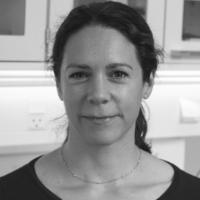
Human skeletal muscle from the cellular perspective in vivo and in vitro
Abigail Mackey
Associate Professor, Department of Biomedical Sciences, University of Copenhagen
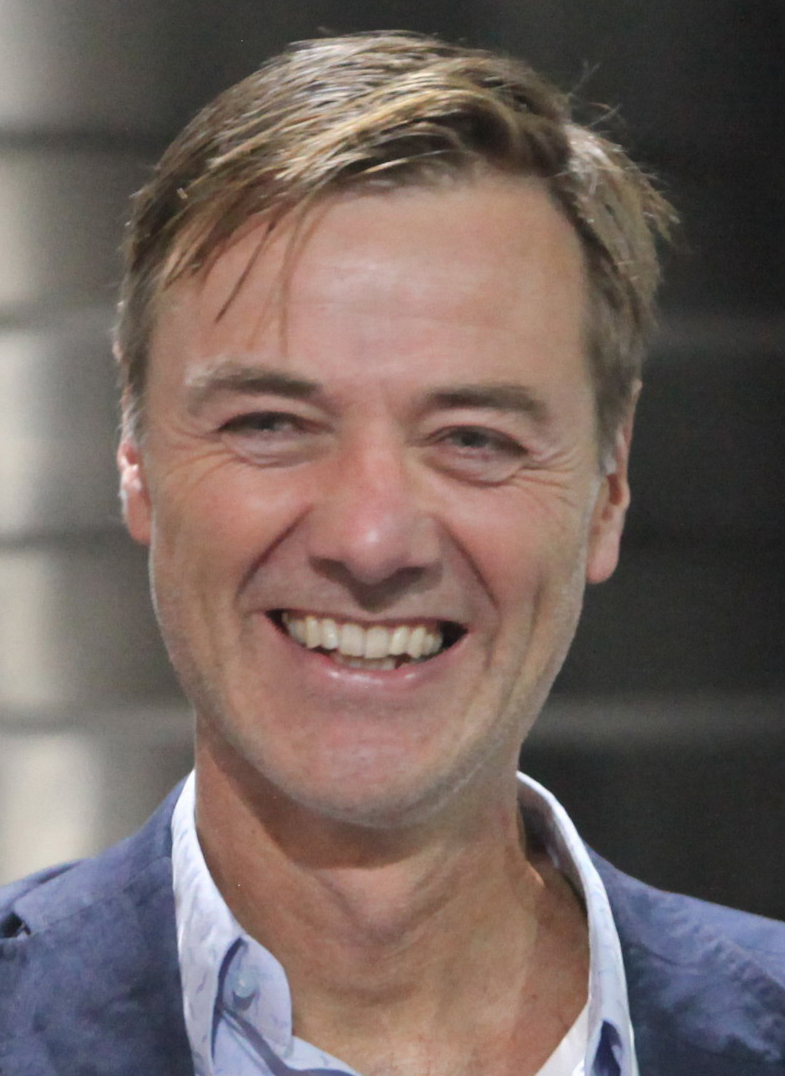
Myositis associated with connective tissue disease:
The classic ones – Antisynthetase Syndrome
The less well studies ones – Scleromyositis
Werner Stenzel
Consultant, lecturer of Neuropathology at the Department of Neuropathology, Charité – Universitätsmedizin, Berlin, Germany
Head of the Neuromuscular Diagnostic and Research Unit at the Department of Neuropathology, Charité – Universitätsmedizin, Berlin, Germany
Head of educational program for medical students at the Department of Neuropathology
In this seminar, the so-called overlap myositis will be highlighted.
I will first address, anti-synthestase syndromes as a classical example of this group where a typical form of myositis is associated with characteristic skin lesions and interstitial lung disease. This group is an entity on its own and can well be characterized based on the additional typical presence of t-RNA-synthetase autoantibodies like anti-Jo1. We have recently identified presence of plasma cells in the skeletal muscle tissue of these patients. Here I will present our recent results showing a highly specialized immunological niche as extra medullary immunological niche for plasma cells and activated B cells. It contains alkaline phosphatase-positive perimysial fibroblasts, CD138+ plasma cells and CXCL12+ and CXCL13+CD20+ B cells. We localize these cells close to CD68+MHC cl. II+CD169+ macrophages and define the MHC cl. I+ and MHC cl. II+ MxA negative type II interferon driven milieu of myofiber activation. Overall, we provide a conceptual framework for antibody producing cells residing in an extramedullary niche and self-perpetuating an autoimmune process in the skeletal muscle.
Second, I will focus briefly on Systemic sclerosis, a chronic disease of connective tissues characterized by fibosis, vasculopathy and autoimmunity. Affected patients show signs of the skin, internal organs and sometimes overlap myositis. The vasculopathy is considered obliterative but the pathogenic basis is not known to date.
We have applied a new electron microscopical technique called large scale electron microscopy allowing a ‘pan and zoom’ approach similar to ‘google earth’ viewing.
This analysis allows to study >1000 capillaries of patients and controls, highlighting reduplications of basement membranes endothelial activation and pericytes proliferations
We show that this type of ultrastructural changes is specific for a subtype of scleromyositis and discus possible pathogenic mechanisms.
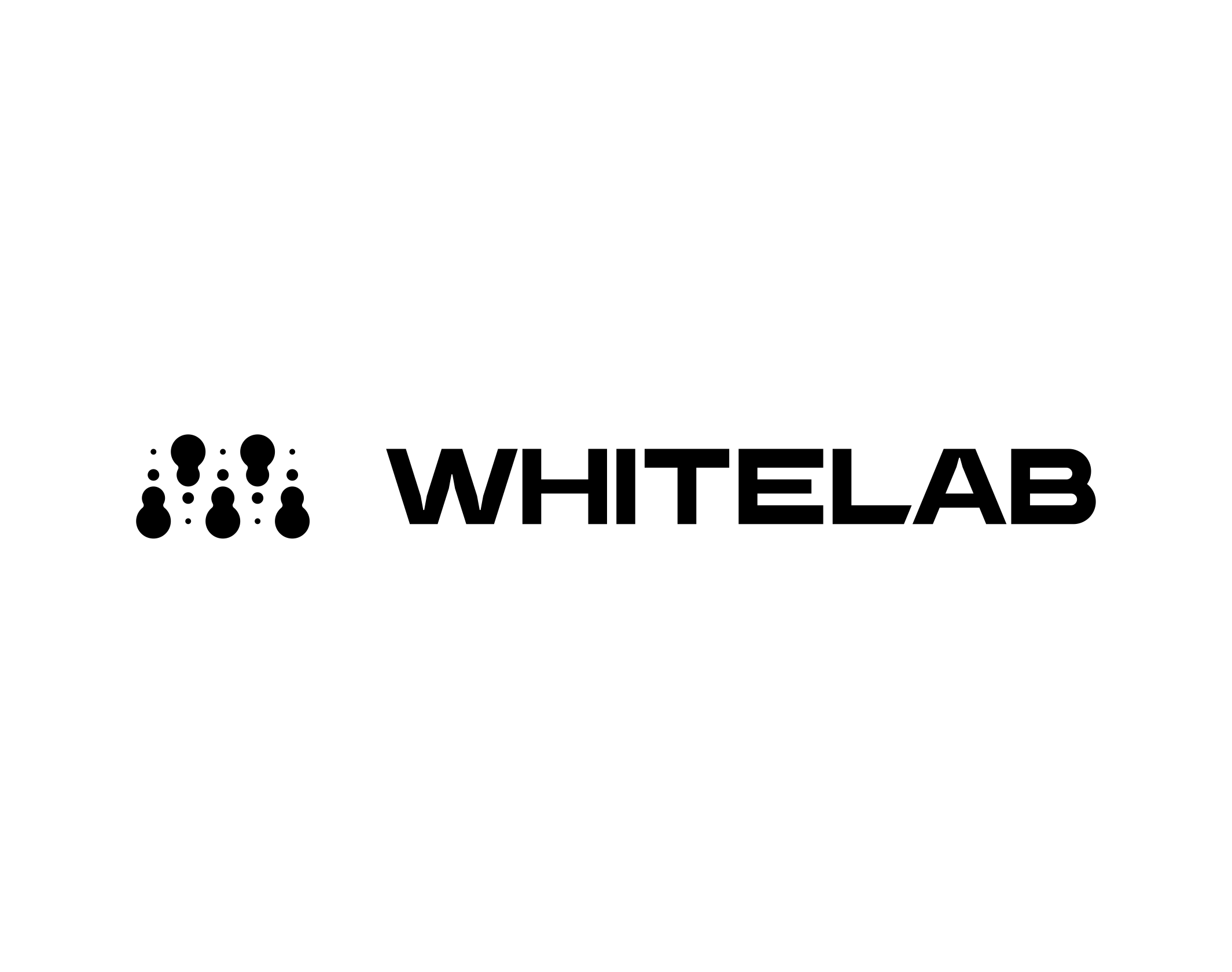
Data intelligence for cell & gene therapies development
WhiteLab Genomics
Summary
WhiteLab Genomics is a company specialized in the development of an Artificial Intelligence platform dedicated to the field of genomic medicine. Today we use AI and our specialized Applications team to come up with optimized solutions to overcome both technical and scientific challenges. We have developed an AI platform dedicated to the field of gene and cell therapy, which helps our customers accelerate and optimize their R&D programs, along different phases. We have developed specific datasets in the field of AAV.
Having access to a wide spectrum of technologies, we also develop and execute customized molecular assays, assisting research teams in their genome engineering and gene and cell therapy programs.
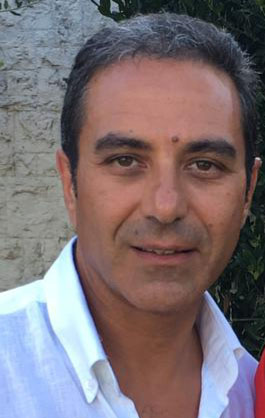
Register by email.
Muscle homeostasis and regeneration: From cellular and molecular mechanisms to therapeutic opportunities
Antonio Musarò
Full Professor of the Sapienza University of Rome
Despite a massive body of knowledge which has been produced related to the mechanisms guiding muscle regeneration, great interest still moves the scientific community toward the study of different aspects of skeletal muscle homeostasis, plasticity, and regeneration. Indeed, the lack of effective therapies for several physio-pathologic conditions suggests that a comprehensive knowledge of the different aspects of cellular behavior and molecular pathways, regulating each regenerative stage, has to be still devised. Regeneration is a highly coordinated program that partially recapitulates the embryonic developmental program and involves the activation of the muscle compartment of stem cells, namely satellite cells, as well as other precursor cells, whose activity is strictly dependent on environmental signals. However, muscle regeneration is severely compromised in several pathological conditions due to either the progressive loss of stem cell populations or to missing signals that limit the damaged tissues from efficiently activating a regenerative program. It is, therefore, plausible that the loss of control over these cells fate might lead to pathological cell differentiation, limiting the ability of a pathological muscle to sustain an efficient regenerative process. The basis of muscle regeneration and the impact of cytokines and growth factors on the physiopathology of skeletal muscle will be discussed.
Read more information on Antonio Musarò on his biosketch.
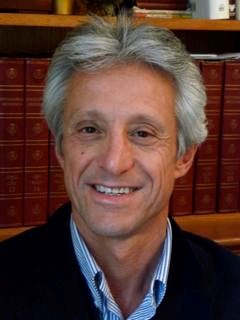
Early biomarkers of muscle atrophy and of neuromuscular maladaptation during short-term inactivity in humans
Marco Narici
Professor at the University of Padova, Italy.
Marco Narici (PhD) is Professor in Physiology at the University of Padova, Italy. He worked as researcher at the Rodolfo Margaria Laboratory, University of Milan, Italy, and took up the position of Assistant Professor at the Medical Research Centre of Geneva University, CH (1994-96). In 1999 he moved back to the UK as Professor in Physiology of Ageing at Manchester Metropolitan University where he was Director of the Institute of Research into Human Movement. In 2012, he was appointed as Professor in Clinical at the University of Nottingham to work at the MRC ARUK Centre for Musculoskeletal Ageing. In 2017 he moved back to Italy, to the University of Padova where he took the chair in Physiology at the School of Medicine. He has been coordinator of the EC FP5 project BETTER AGEING and leader of two WPs of FP7 Project MYOAGE, he has been part of EC Framework 7 Advisory Panels for Ageing Research (LinkAge, WhyWeAge) and was President of the European College of Sport Science (2013-15). He has published over 230 peer reviewed journal articles (H-factor 64) and book chapters. His present work and interests are focused on the mechanisms of remodeling of human neuromuscular system with exercise, inactivity (including spaceflight) and ageing. He is presently coordinating the NeuAge PRIN Project funded by the Italian Ministry of Education, University and Research (MIUR) focusing on the Mechanisms of Neuromuscular Ageing and its Functional Implications.
Read more information on Marco Narici’s research group.
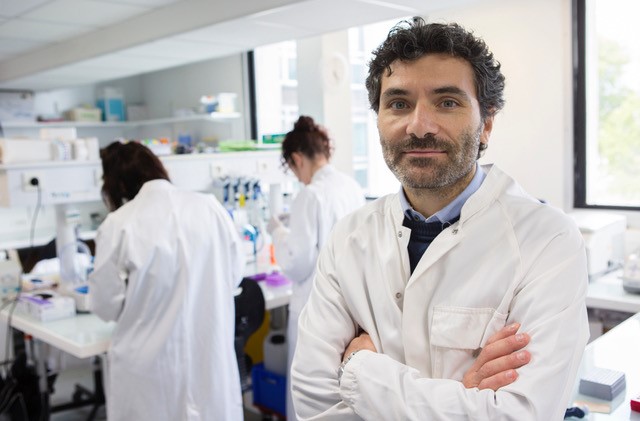
Register by email.
« Ex vivo editing of human hematopoietic stem cells for erythroid expression of therapeutic proteins”
Mario Amendola
Chargé de recherche INSERM, Responsable de l’équipe » genome editing’ group, UMR_S951, Evry, FR.
Targeted genome editing has a great therapeutic potential to treat disorders that require protein replacement therapy. To develop a platform independent of specific patient mutations, therapeutic transgenes can be inserted in a safe and highly transcribed locus to maximize protein expression. Therefore, we developed an ex vivo editing approach to achieve efficient gene targeting in human hematopoietic stem/progenitor cells (HSPCs) and robust expression of clinically relevant proteins by the erythroid lineage. Using CRISPR-Cas9, we integrated different transgenes under the transcriptional control of the endogenous α-globin promoter, recapitulating its high and erythroid-specific expression. Erythroblasts derived from targeted HSPCs secrete different therapeutic proteins, which retain enzymatic activity and cross-correct patients’ cells. Moreover, modified HSPCs maintain long-term repopulation and multilineage differentiation potential in transplanted mice. Finally, additional optimization of therapeutic transgene, CRISPR-Cas9 tools and donor DNA delivery further improve efficiency and safety of the approach.
Overall, we establish a safe and versatile CRISPR-Cas9-based HSPC platform for different therapeutic applications, including hemophilia and inherited metabolic disorders.
You can find more information on Mario Amendola on his Biosketech.
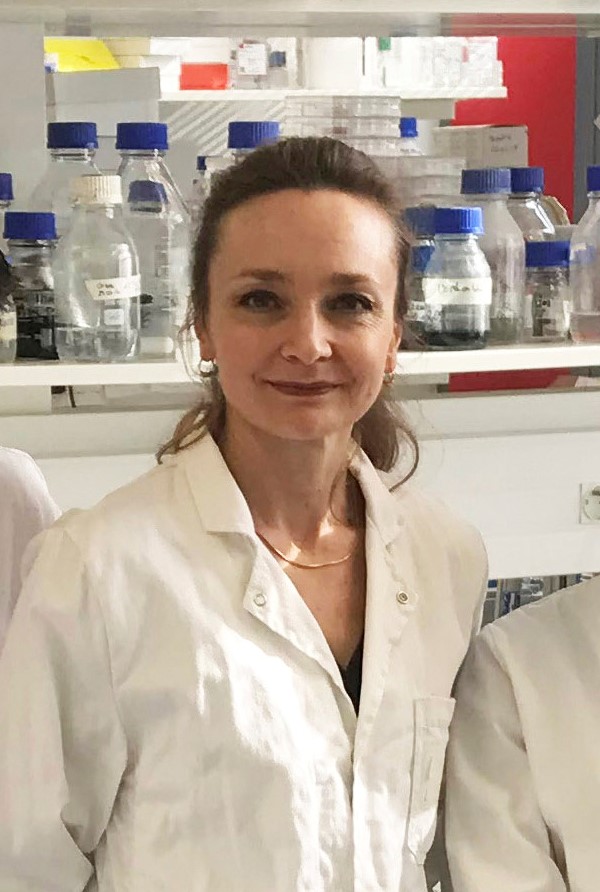
Role of skeletal muscle mesenchymal progenitors in bone regeneration
Céline Colnot
Directrice de Recherche DR2 INSERM à l’Institut Henri Mondor de Recherche Biomédicale
Skeletal muscle and bone exhibit great capacities to regenerate due to tissue-specific stem cells, i.e. satellite cells and skeletal stem cells from periosteum and bone marrow. However, bone fails to heal properly in 10% of bone injuries and delayed healing is increased to 40% in patients with soft tissue damage associated with bone fracture. The role of skeletal muscle in bone repair is well recognized clinically but the underlying cellular and molecular mechanisms are poorly understood. Muscle regulates the inflammatory environment of fracture and muscle satellite cells are providing a source of growth factors for bone repair.
We show that mesenchymal progenitors residing in skeletal muscle adjacent to bone also participate in cartilage and bone formation during bone regeneration. We used single cell RNAseq analyses to characterize the skeletal muscle mesenchymal progenitors, their response to bone injury and the impact of musculoskeletal trauma on the cellular response to injury. The results elucidate the role skeletal muscle during bone repair as a source of mesenchymal progenitors contributing to bone repair, and as a mediator of initial fibrotic response and fibrotic remodelling in bone repair. The findings suggest that new pharmacological and cell-based approaches can be developed to improve musculoskeletal regeneration by targeting skeletal muscle adjacent to bone.
Read more information on Céline Colnot’s research group and on her biosktech.
